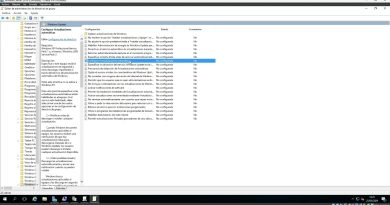Building a FreeBSD based Virtual Appliance
How we built the Razorback appliance
Razorback is a framework for an intelligence driven security solution. It consists of a large number of components and dependencies that make the barrier to deployment quiet large for the uninitiated. This talk aims to shed some light on the process of creating a virtual appliance that enabled us to reduce the barrier for people that want to test the system.
Lowering the barrier to entry for a complex project is key for improving deployment of your project, by building a virtual appliance you can cut the setup time from over a day to just a few minutes.
This tutorial aims to cover setting up a VM build environment that will allow you to create custom virtual appliances for you projects that are easy for people to deploy.
We will cover:
* Setting up the build host for PXE based installation of the appliance.
* Tuning the installer to install only the components that we need to the vm to function.
* Deploying tinderbox to build the systems dependencies.
* Installing the dependencies via the installer
* Deploying freebsdadmin on the VM to provide a management interface.
* Customizing the base freebsdadmin package.
* Adding custom applications to freebsdadmin to manage your application.
The aim is provide a hands on experience so attendees should bring a laptop capable of running 2 small FreeBSD virtual machines. Attendees should also have some basic FreeBSD systems administration experience.
By the end of the session attendees should have a firm grasp on the process of creating a virtual appliance using the freebsdadmin project as the management interface.
by Andrea Ross
windows server dhcp vlan



